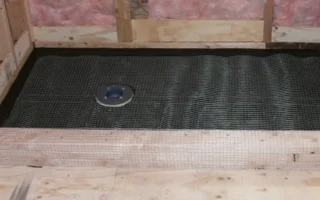Introduction to suction cups and their uses
Suction cups are fascinating little tools that rely on simple yet effective scientific principles to stick to surfaces. Understanding the factors that affect their adhesion, such as material composition and surface texture, can help you make the most of these handy devices.
You can maximize their sticking power by choosing high-quality materials like silicone or PVC for your suction cups and ensuring a clean, smooth surface for them to adhere to. Avoid common misconceptions like assuming size equals strength or neglecting proper cleaning before application.
The science behind suction cups is sticking.

Ever wonder why those small, rubbery suction cups can hold so much weight? The science behind their stickiness explains it all.
Suction cups work by creating a vacuum between the cup and the surface they’re attached to. When you press a suction cup against a smooth, non-porous surface and remove any air trapped inside, atmospheric pressure pushes down on the cup, keeping it firmly in place.
The key is maintaining that seal between the cup and the surface. Any gaps or imperfections can break this seal, causing the suction cup to lose its grip. Both surfaces must be clean and dry before attaching a suction cup.
Understanding this simple yet effective scientific principle helps us appreciate how something as basic as a suction cup can serve various practical purposes in our daily lives – from hanging shower caddies to securing GPS devices on car windshields.
Factors that affect suction cup stickiness
Have you ever wondered why your suction cup seems to lose its grip sometimes? Several factors can affect the stickiness of a suction cup. One major factor is the surface material—smooth, non-porous surfaces like glass or tile work best for suction cups to adhere strongly. Rough or porous surfaces may cause air leakage, reducing the vacuum seal.
Another crucial factor is moisture – excess moisture on either the suction cup itself or the surface it’s being applied to can hinder adhesion. Make sure both surfaces are clean and dry before attaching the suction cup. Temperature also plays a role in how well a suction cup sticks; extreme temperatures can impact the flexibility and effectiveness of the material.
Proper installation is key. Ensure no air bubbles are trapped underneath the suction cup, and apply even pressure when securing it in place to help maximize stickiness.
Materials used in making effective suction cups
Ever wondered what makes some suction cups stick better than others? Well, it all boils down to the materials used in making them. Effective suction cups are typically crafted from high-quality silicone or rubber compounds that provide flexibility and durability. These materials allow the cup to conform to uneven surfaces, creating a tight seal for maximum adhesion.
The composition of these materials also plays a crucial role in determining how well the suction cup can withstand external factors like temperature changes and exposure to sunlight. UV-resistant materials ensure the suction cup maintains its grip over time without deteriorating due to environmental conditions.
maximizing suction cup adhesion
When it comes to maximizing suction cup adhesion, a few tips and tricks can make all the difference in ensuring they stick effectively. Always ensure the surface to which you attach the suction cup is clean and dry. Any dirt or moisture can hinder its ability to create a vacuum seal.
If you find that your suction cups aren’t sticking as well as you want them to, try wetting them slightly before application. The water acts as a lubricant and aids in creating a stronger seal. Avoid placing heavy items on suction cups beyond their weight capacity to prevent them from losing their grip over time.




